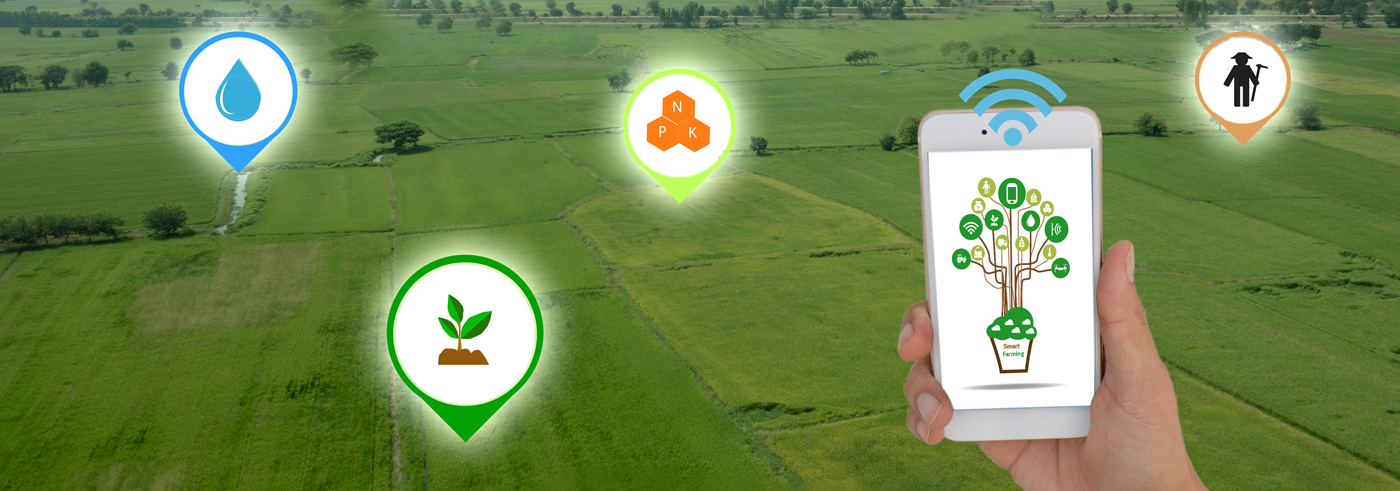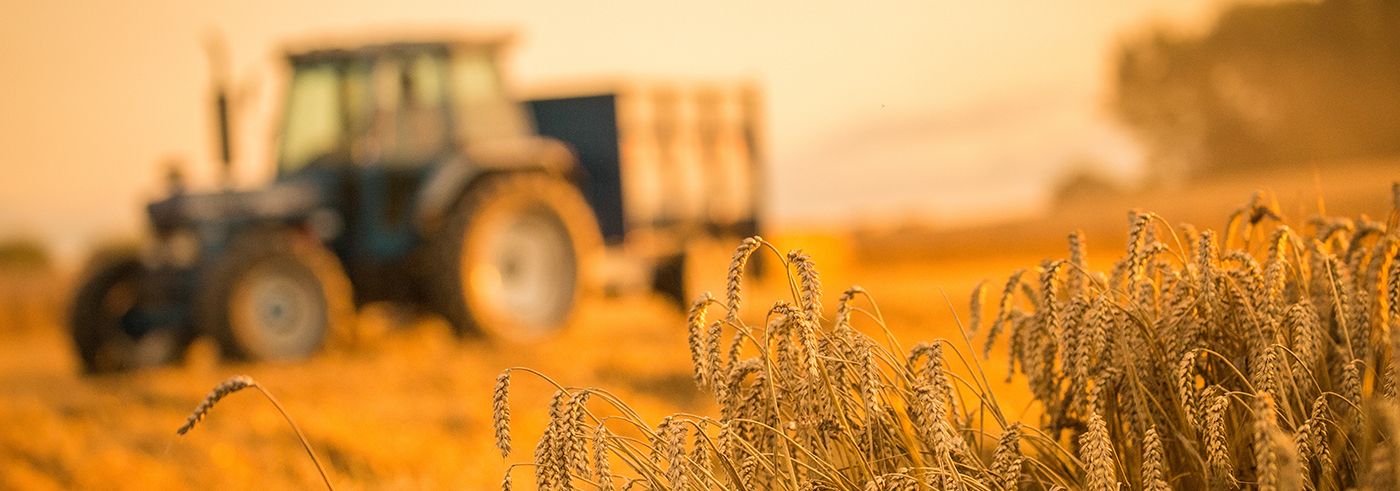In the framework of the growing political ambition to fight climate change, every sector must commit to an absolute reduction of its CO2 footprint. The agricultural sector accounts for 10% of the total EU27 greenhouse gas (GHG) emissions (from crops, livestock and soils), and an additional ~1% of total EU27 GHG emissions can be attributed to agriculture from the combustion of fossil fuels during the normal course of operating agricultural machinery.
Approaches to reduce the CO2 footprint are multiple. But farming is a holistic process, which includes many operations and variables which differ from crop to crop, farm to farm, and even year to year. Accounting for these variables when deciding how to reach an optimal technology mix for mitigating climate change within farming practices is an economic and industrial challenge.
The agricultural machinery industry produces a large range of advanced machinery and solutions that already support sustainable farming and help EU farmers of all sizes and types in getting the most out of their land while protecting the environment and generating economic and social value. This document highlights potential CO2 reduction solutions related to fuel combustion in agricultural production when using agricultural machinery and considering the whole agricultural mechanization processes. In particular, it assesses the possibilities of the use of alternative drives and fuels, best practice model predictions in overall efficiency, and touches upon technical solutions for CO2 sequestration.









